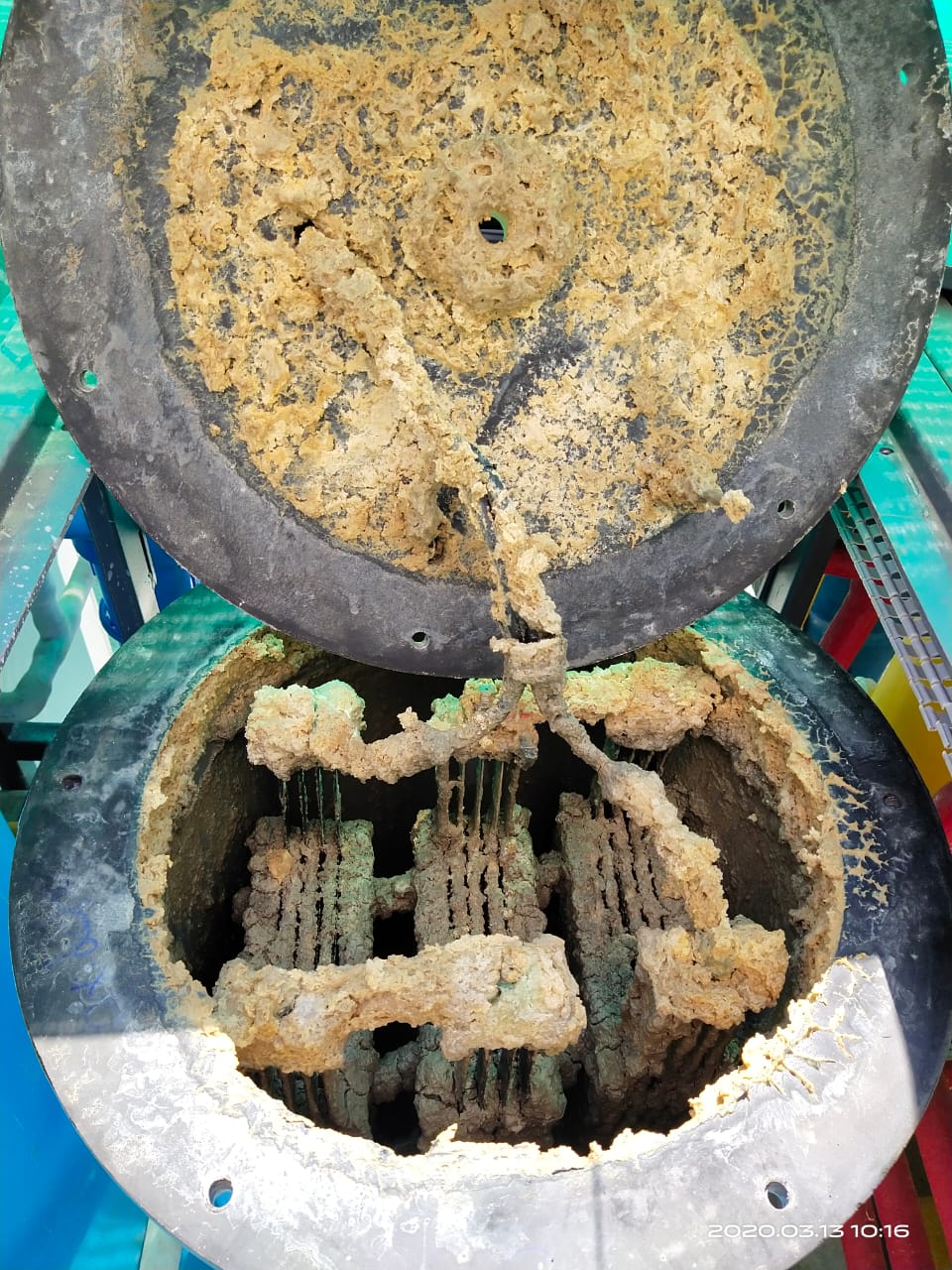
June 26, 2020 19:45 by
 admin
adminLEVEL OF FLOCCUULATION AND ITS CALCULATION
Mixing Levels: Mixing intensity and residence time determine whether the stated goals will be met. To determine mixing intensity define as the average shear intensity (mean velocity gradient) in the rapid-mix tank. The Camp-Stein equation is often used to compute this , however it is an equation which is based on laminar flow -- a case seldom found in rapid-mix or flocculation basins so it’s an “average” approximation. G G
The Camp-Stein equation is : 0.5 P G V = ×µ P = power dissipation (mixer power transferred to bulk fluid) V = volume of reactor u = dynamic viscosity Large G and small T gives small but dense floc Small G and large T gives big but light flocs We need big as well as dense flocs which can be obtained by designing flocculator with different G values Classwork: What horsepower level do we need to supply to a flocculation basin to provide a t value 1000 seconds and a Gt of 100,000 for 438 m3 Reactor? (Given: µ = 0.89 x 10-3 Pa.s; 1 hp = 745.7 watts) Classwork: What horsepower level do we need to supply to a flocculation basin to provide a t value 1000 seconds and a Gt of 100,000 for 438 m3 Reactor? (Given: µ = 0.89 x 10-3 Pa.s; 1 hp = 745.7 watts) Retention time, t = Gt/G Gt = Camp No.
What is Flocculation? Flocculation is the agglomeration of destabilized particles into a large size particles known as flocs which can be effectively removed by sedimentation or flotation.
